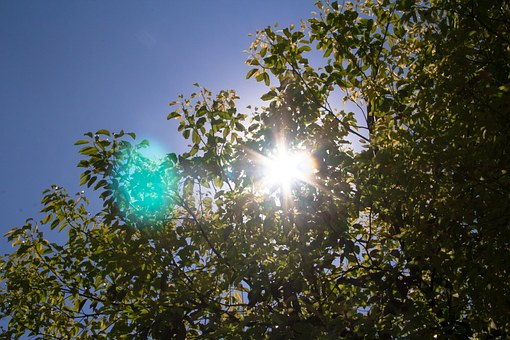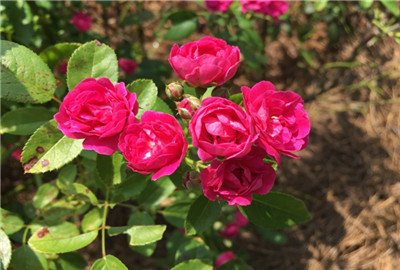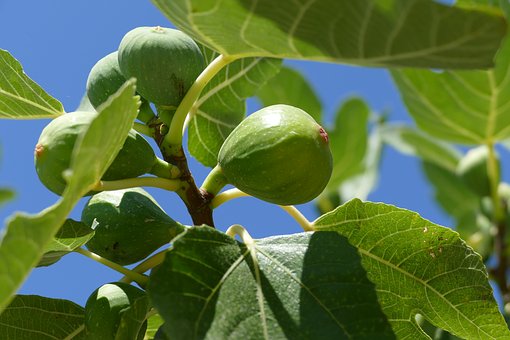How much is each camphor tree and ginkgo tree? Is it suitable for planting in the north?
Camphor tree is an excellent green tree, street tree and shade tree, all plants have camphor aroma, camphor and camphor oil can be extracted, its material is excellent, and it is a good material for making furniture. it is resistant to harmful gases such as chlorine, sulfur dioxide, ozone and fluorine, can drive mosquitoes and flies, and can withstand short-term flooding. The fruit of ginkgo tree is commonly known as ginkgo, so ginkgo biloba is also known as ginkgo tree. it grows slowly and has a very long life. under natural conditions, it takes more than 20 years from planting to bearing ginkgo fruit, and it can bear a large amount of fruit after 40 years, so some people call it "Gongsun tree". It has the meaning of "public and grandson to eat", is the old birthday of the tree, with ornamental, economic, medicinal and other values. Since they have so many benefits, let's take a look at how much each of these two kinds of trees costs. Whether it is suitable for planting in the north!

How much is a camphor tree?
The price of camphor corresponding to 6-7-8-9-10-12-15-18 (cm) is 45-65-95-130,170,270,580-1100 (yuan).
Because there are many factors affecting the price of seedlings, the above prices are for your reference only.
Second, is camphor tree suitable for planting in the north?
Camphor trees are not suitable for planting in the north. If you have to plant it, you have to do it more carefully. Cinnamomum camphora tree has beautiful shape, fragrant branches and leaves, and is evergreen all the year round. It is an excellent street tree and shade tree with high economic value. Camphor prefers warm and humid climate and fertile, deep acidic or neutral sandy soil, while the dry, windy, alkaline soil climate and soil environment in the north are not suitable for camphor growth. Here are the main points of planting in the north:
(1) selection of seedlings
The survival rate and planting effect of plants depend to a large extent on their own physiological characteristics, so off-season transplantation of camphor should start from the following three aspects:
1. The nearest selection, that is, selecting seedlings in the area close to the transplanting site as far as possible, in order to alleviate the trouble of air-drying, dehydration and broken soil balls caused by the long journey to the branches and roots of big trees.
two。 The earth ball is as big as possible. If it is planted out of season, the soil ball of camphor dug up from the nursery should be larger than normal. In this way, the root system is relatively complete, and the survival rate of transplantation is relatively high. If it is a bare-root seedling, it should have protective soil as much as possible, and the roots left should be long, and the more fine roots, the better.
3. Domesticated seedlings and pseudo-planted seedlings are selected. After transplantation and domestication, the seedlings have basically adapted to the northern climate and environment, so they have a very high survival rate; seedlings planted for a period of time, their roots begin to sprout new roots, exuberant vitality and therefore strong vitality, easy to survive.
(2) reasonable pruning
1. Bare root seedlings: before planting, cut off the broken root, withered root, rotten root, but also cut off all the branches and leaves of the crown 1-3 to 1-2, in order to reduce plant transpiration.
two。 Earthball seedlings: there is no need for root pruning, you just need to cut off the crown with branches and leaves while maintaining the basic shape of the tree.
(3) Scientific planting
1. Timely planting: after pruning camphor seedlings should be planted immediately, if transported over a long distance, wet grass and transpiration inhibitors should be used to moisturize.
two。 Pit requirements: the pit should be large enough to ensure that the hole is clean, and the bottom of the hole should be filled with the original excavated soil or fine soil cushion, fill the soil to the top of the hole many times, and pile a cofferdam around the saplings.
3. Scientific watering: the plant should be irrigated immediately after planting, and at the same time, the soil around the tree hole should be stirred to make the soil fill in the tree hole, in order to improve the survival rate of trees after planting, Shenggenbao, tree transplanting survival liquid and other agents can be added to the water to improve the activity of root hair cells and stimulate the growth of new roots.
(4) maintenance and management after transplantation
It is also very important for the maintenance of camphor trees after transplanting. If camphor trees are transplanted in summer, clear water should often be sprayed on the ground and leaves of camphor trees in order to increase air humidity and reduce plant transpiration. Usually watering should adhere to the principle of "no dry, no watering, watering thoroughly". At the same time, in order to prevent excessive sunburn, the sunshade net was used to shade the newly transplanted camphor trees to avoid direct light.
twelve
Time: 2019-03-25 Click:
- Prev

What are woody flowers? How to control weeds in a nursery growing woody flowers?
What are woody flowers? Woody flowers, to put it simply, flowers themselves stem wood is more developed, much harder than herbaceous flowers, common woody flowers are rose, rose, bauhinia and so on. Today, we mainly talk about the problem of weed eradication in woody flower nursery.
- Next

Introduction to the cutting methods of 10 common potted plants, such as figs, roses, sweet-scented osmanthus, etc. Pick up a branch and raise a basin.
Usually when I walk and play, I see the bright flowers and luxuriant grass next to them. I wish I could move them all home and decorate the house into a world of flowers and plants. In fact, everyone can carry home the flowers and plants they usually see by the side of the road by cutting. What should they do?
Related
- Fuxing push coffee new agricultural production and marketing class: lack of small-scale processing plants
- Jujube rice field leisure farm deep ploughing Yilan for five years to create a space for organic food and play
- Nongyu Farm-A trial of organic papaya for brave women with advanced technology
- Four points for attention in the prevention and control of diseases and insect pests of edible fungi
- How to add nutrient solution to Edible Fungi
- Is there any good way to control edible fungus mites?
- Open Inoculation Technology of Edible Fungi
- Is there any clever way to use fertilizer for edible fungus in winter?
- What agents are used to kill the pathogens of edible fungi in the mushroom shed?
- Rapid drying of Edible Fungi

